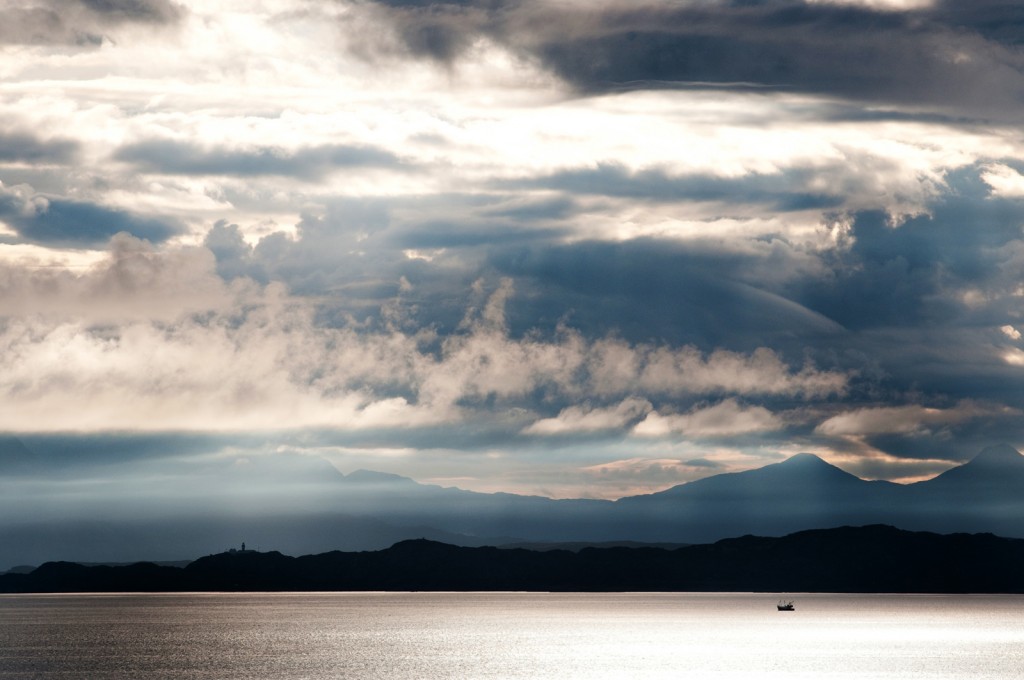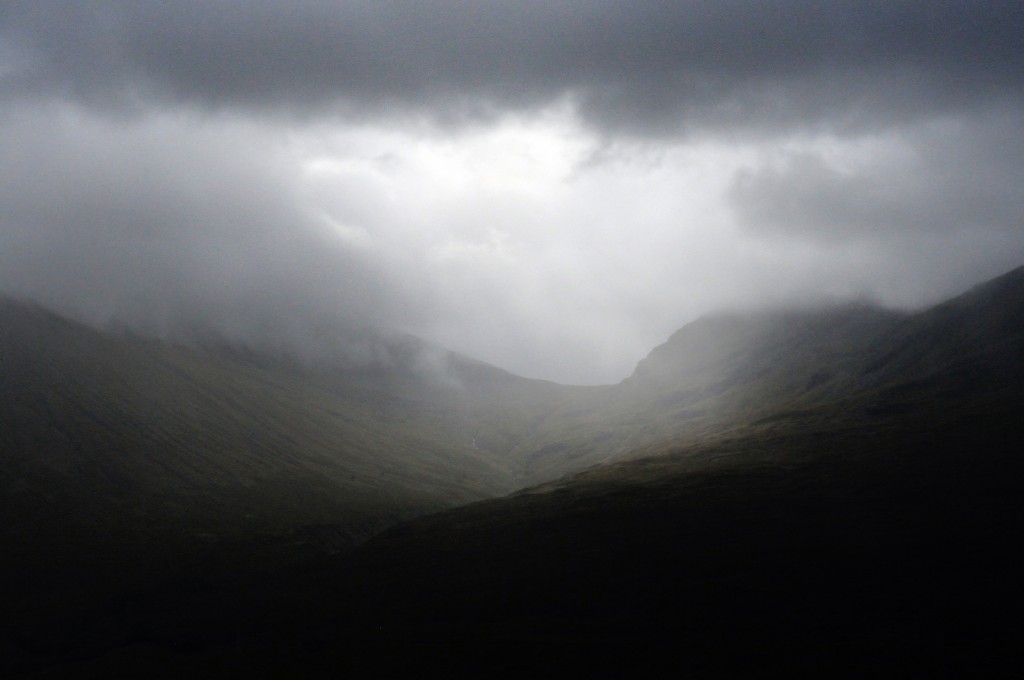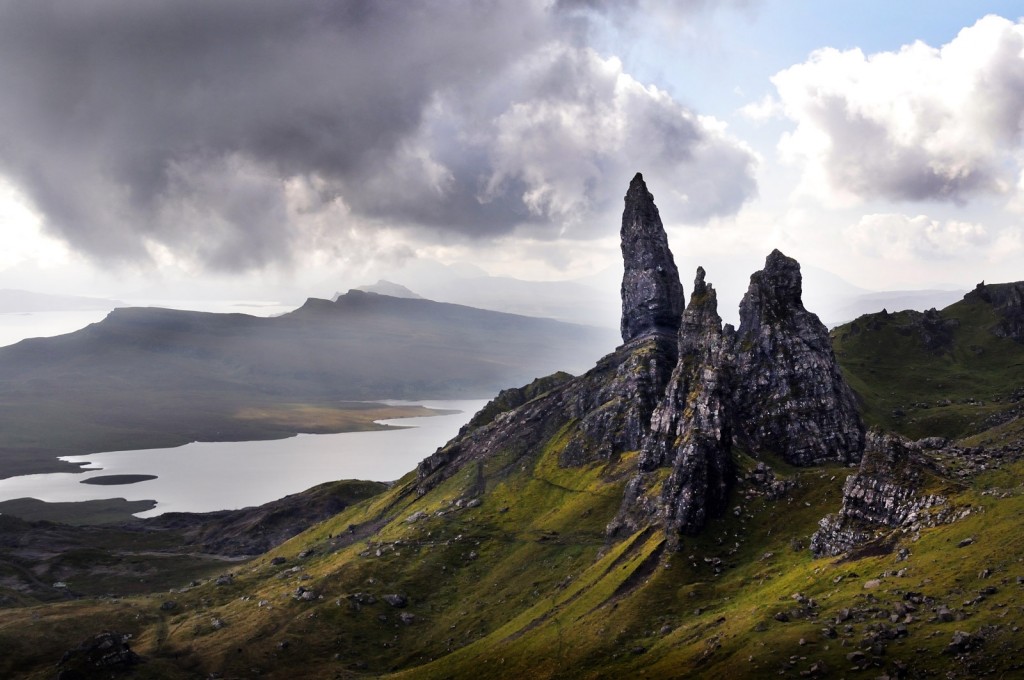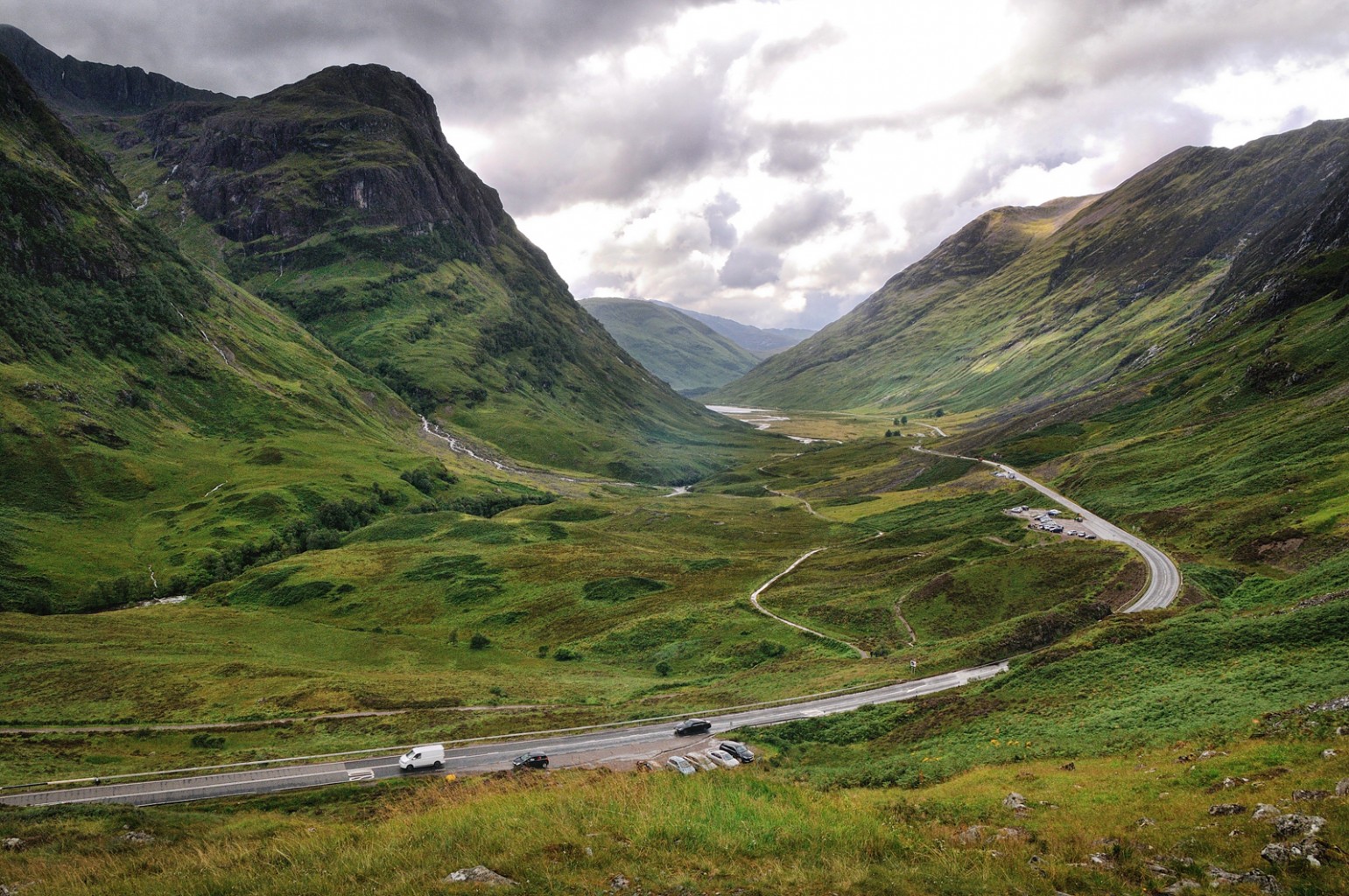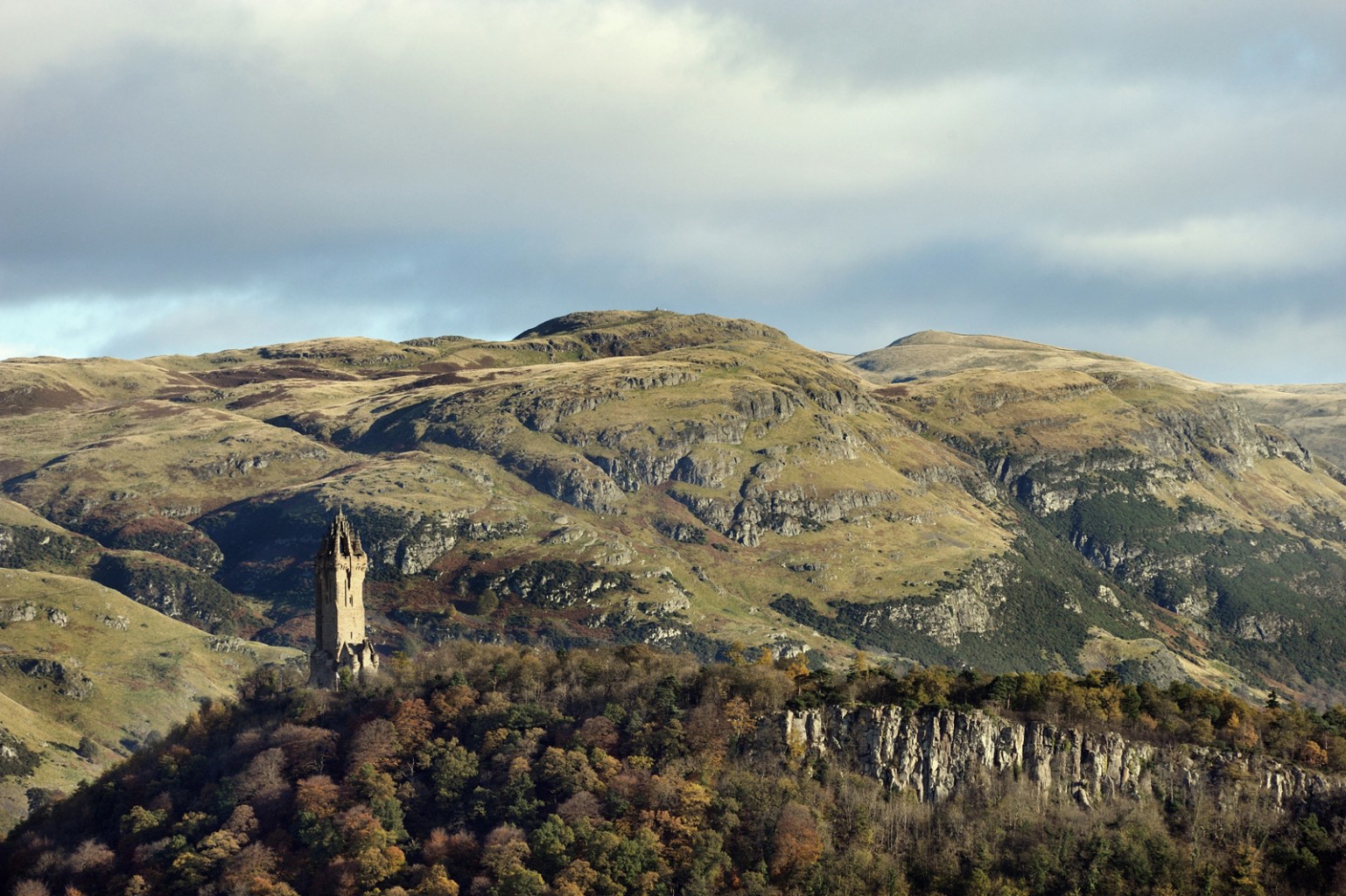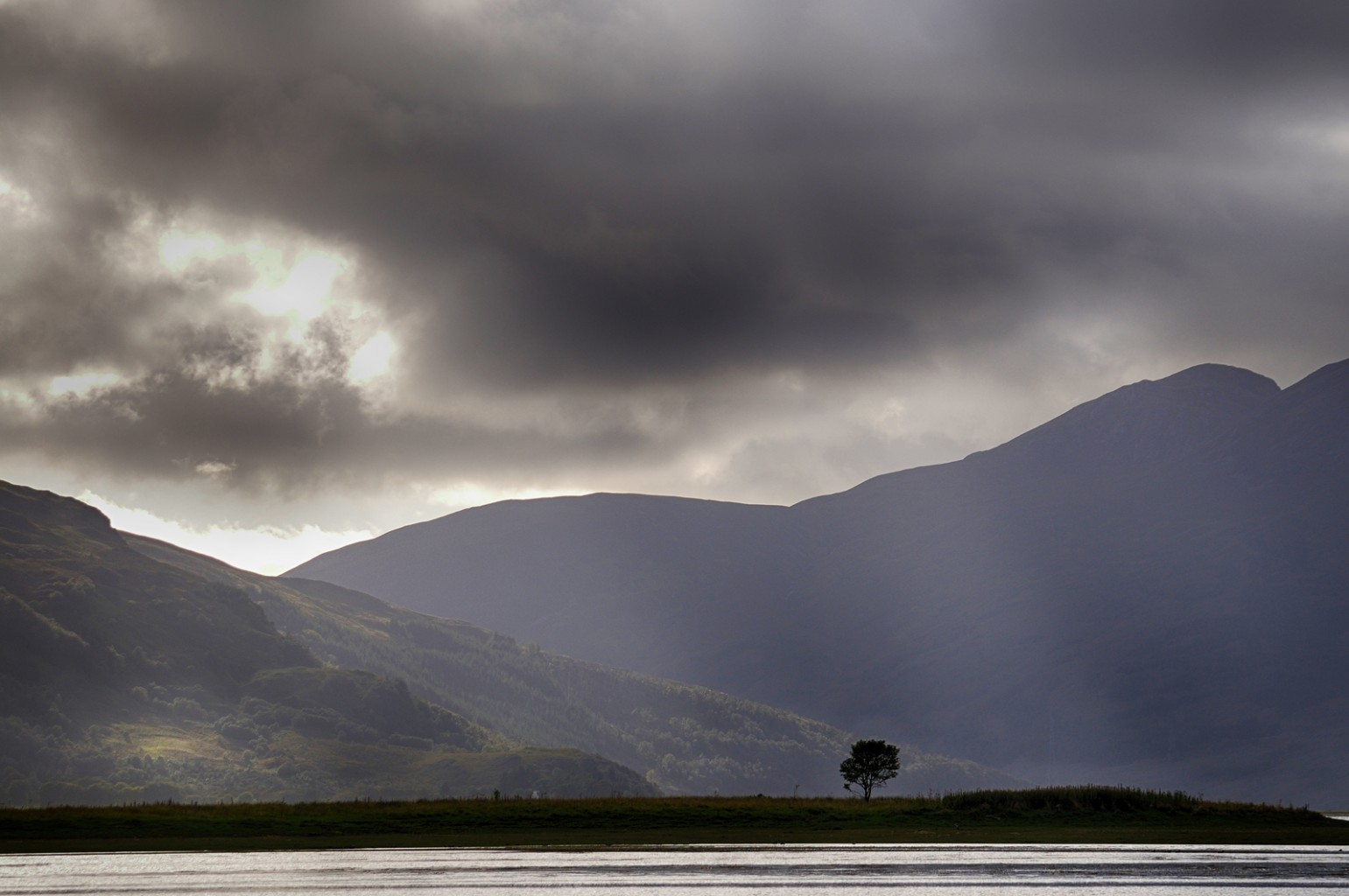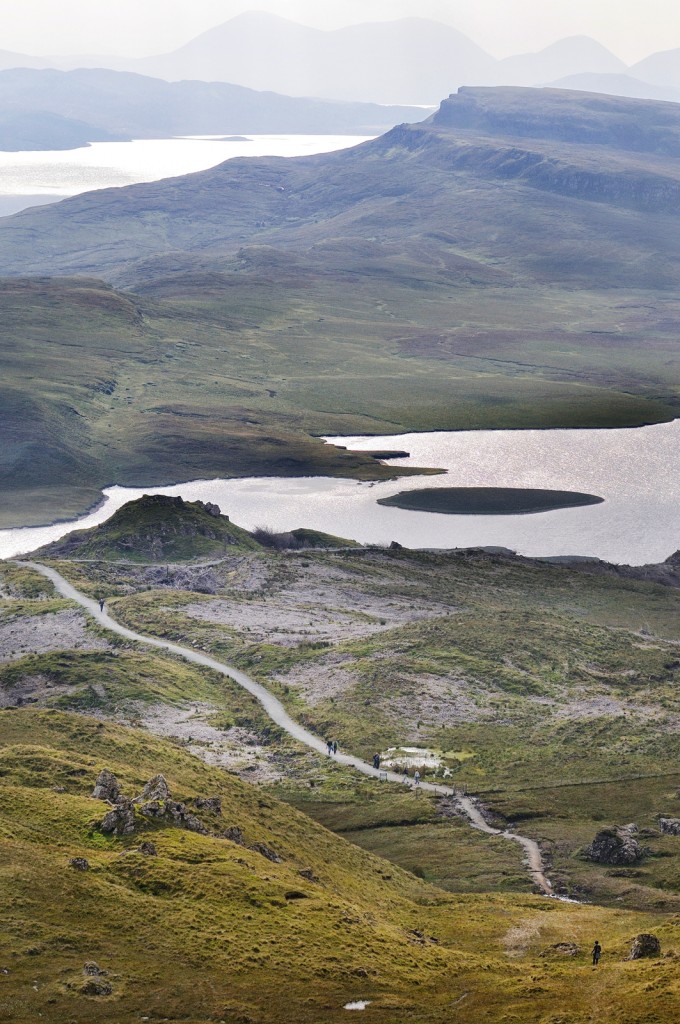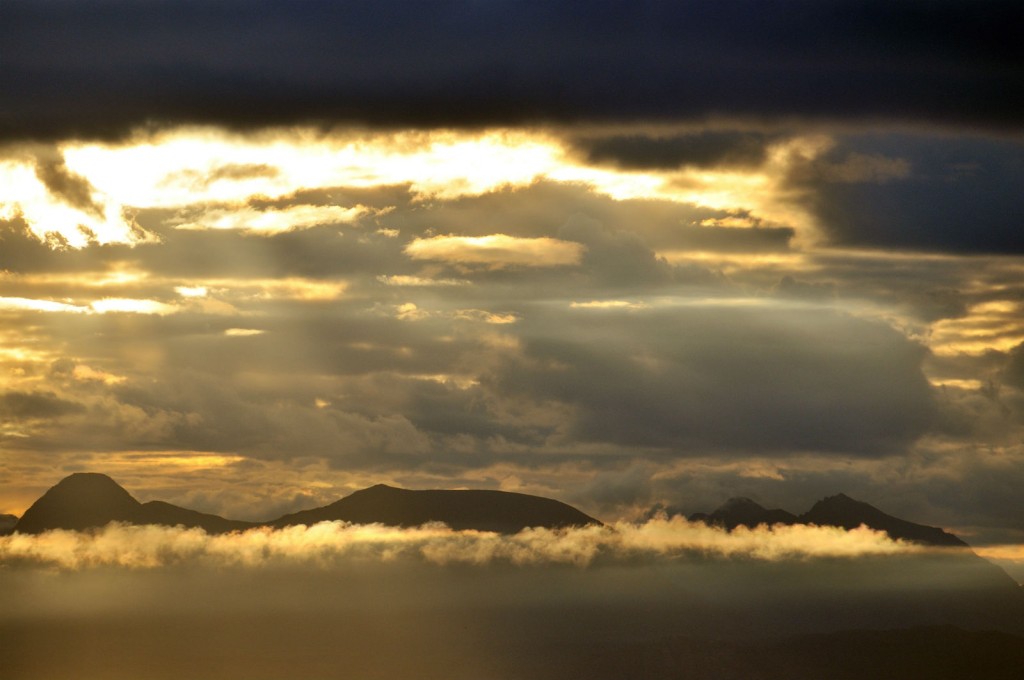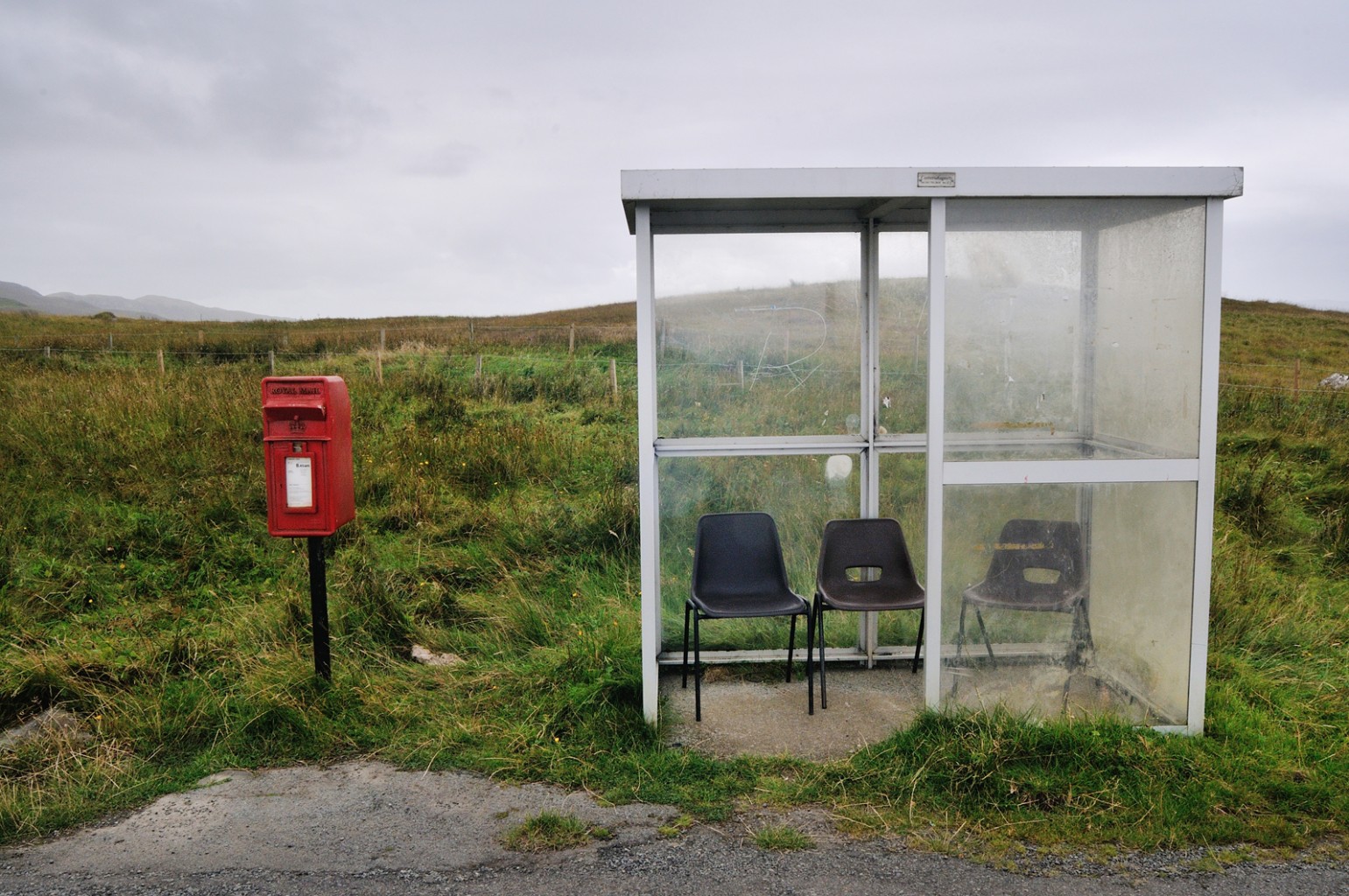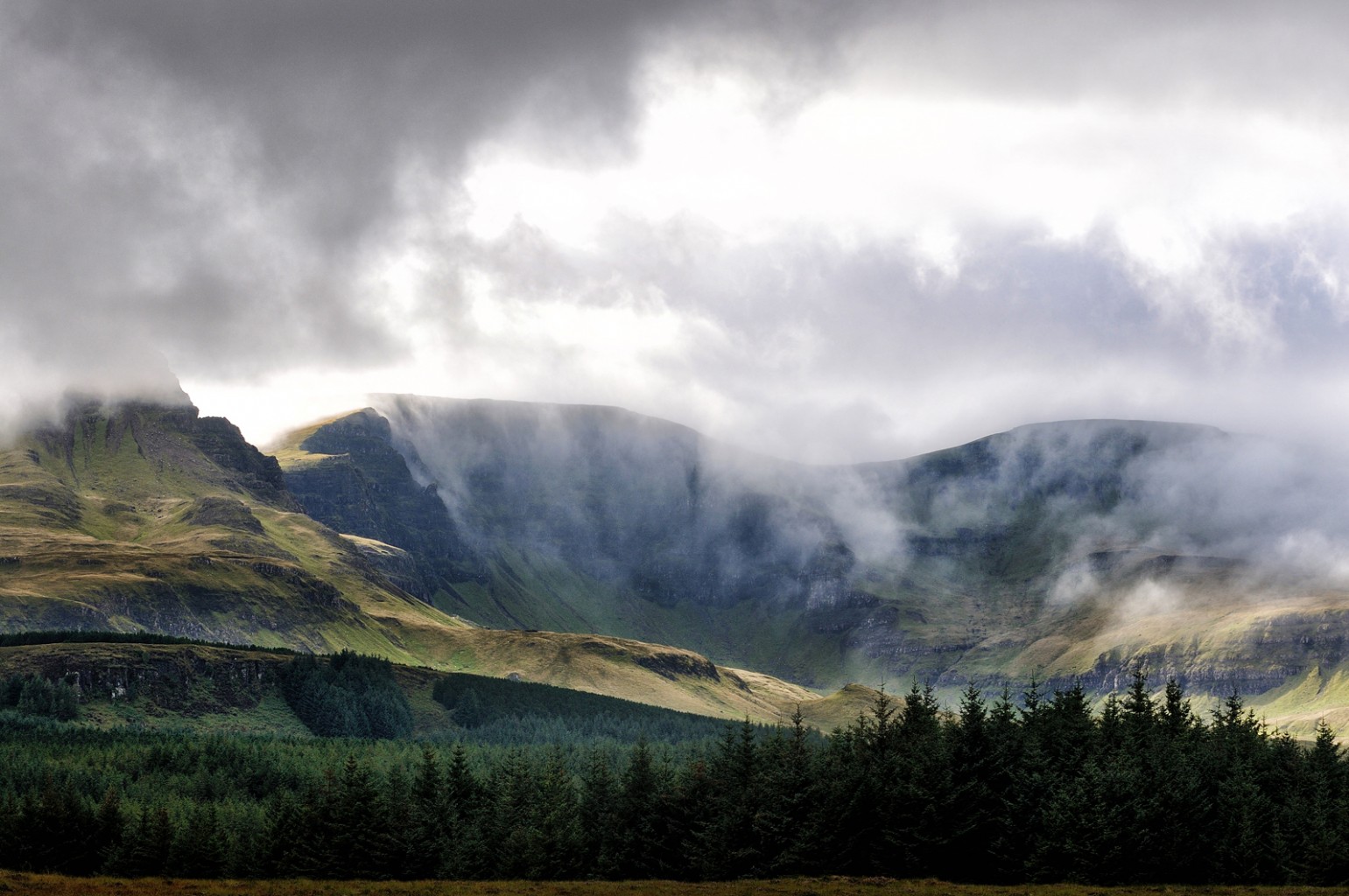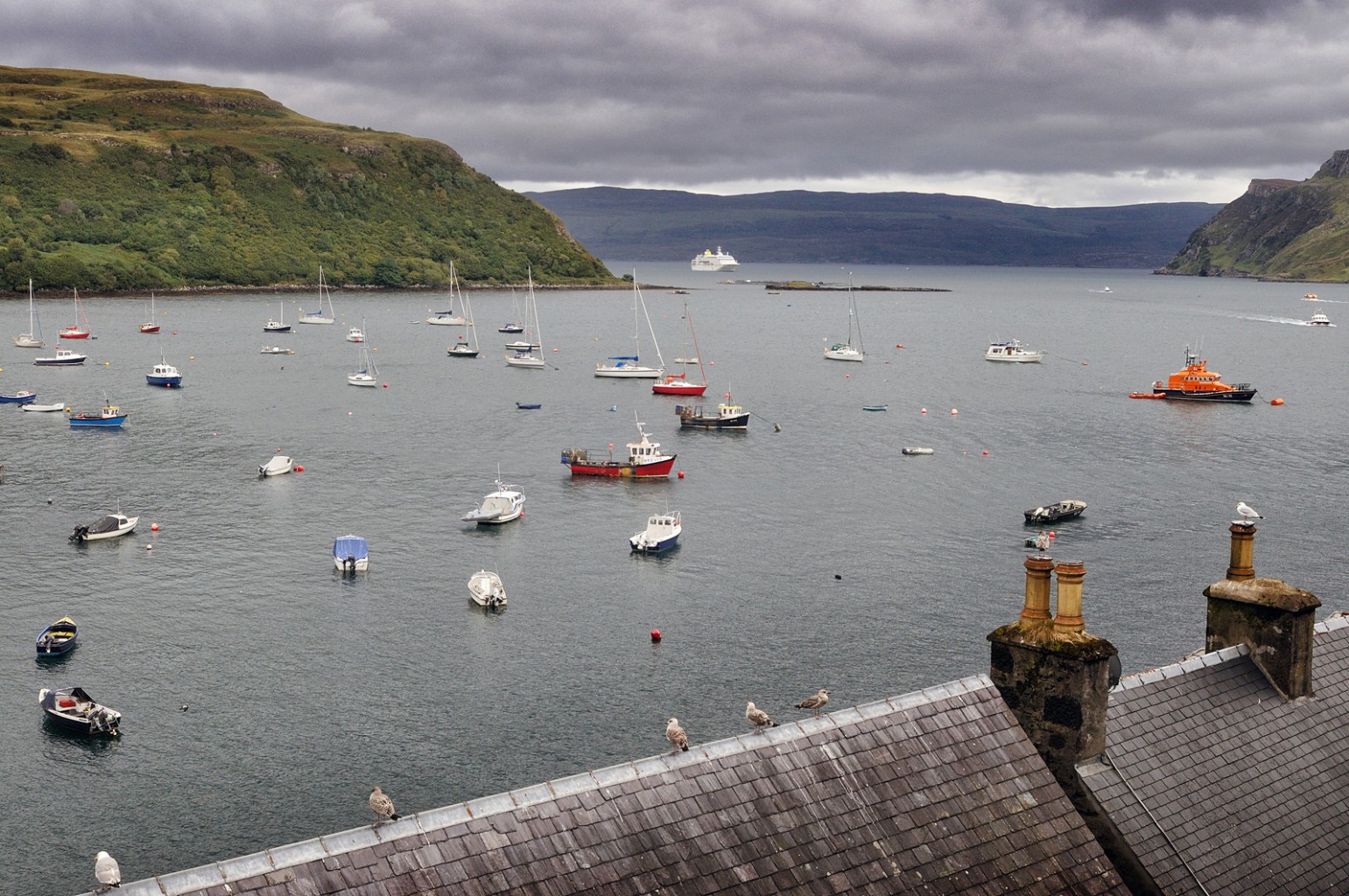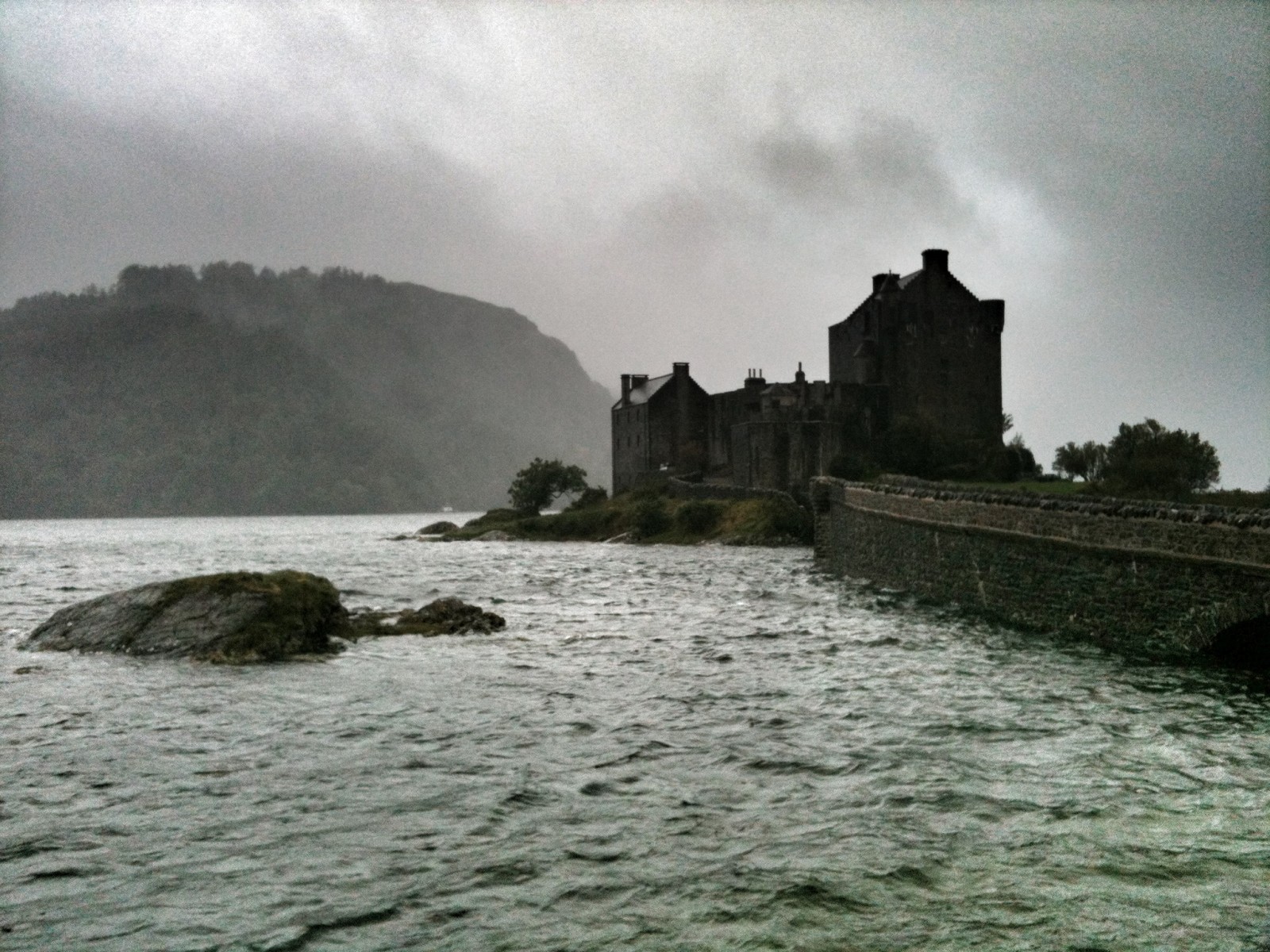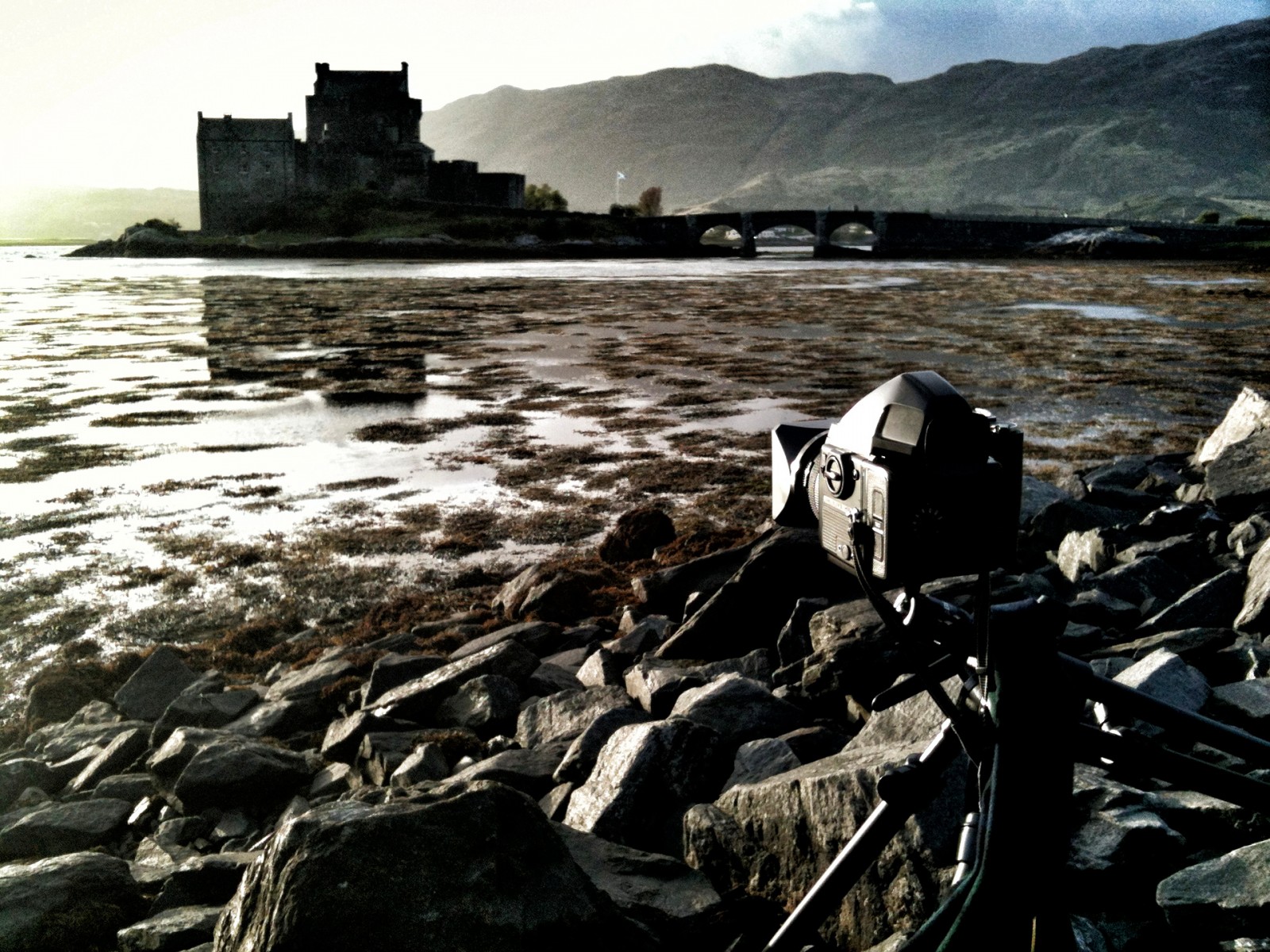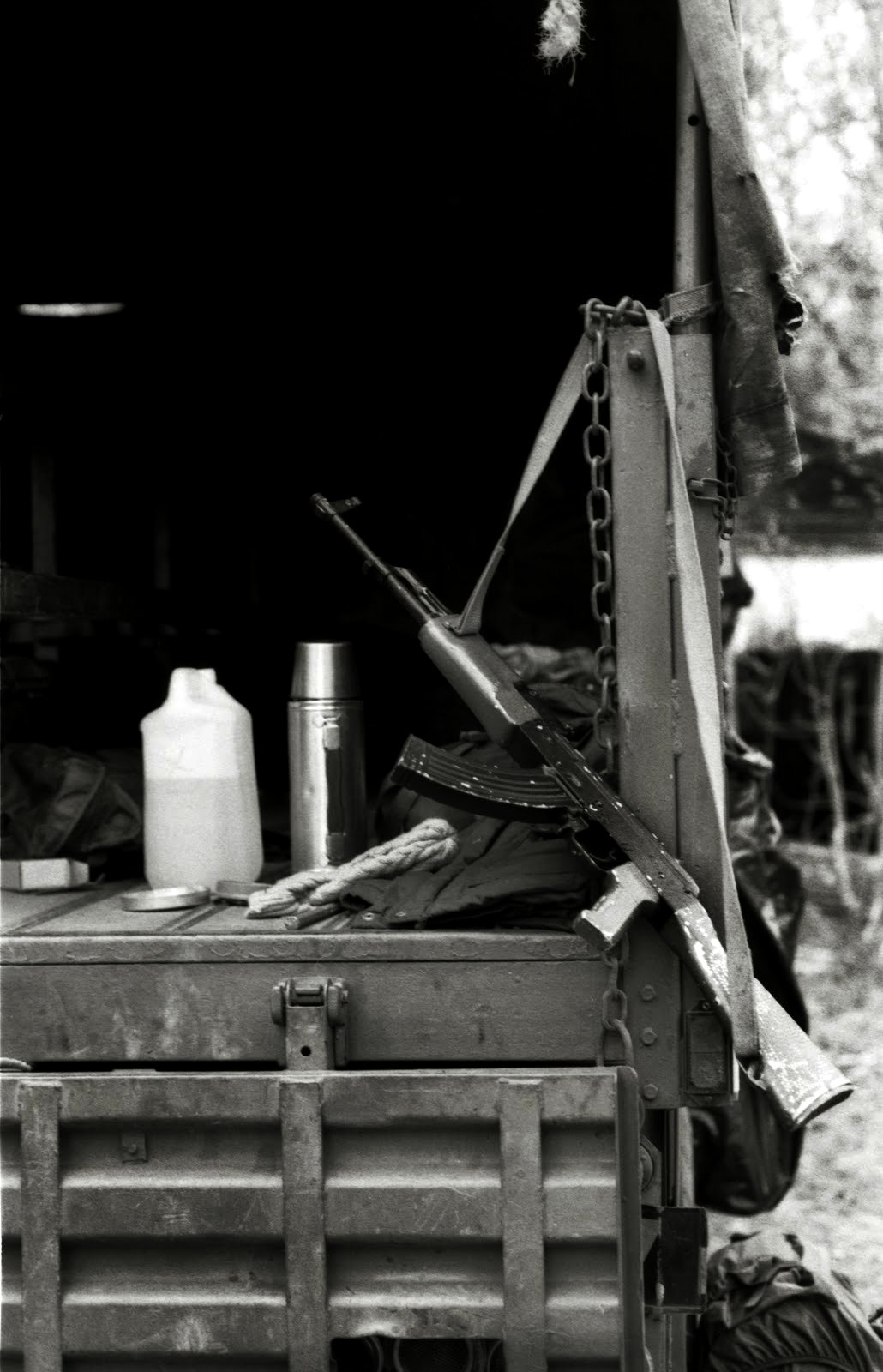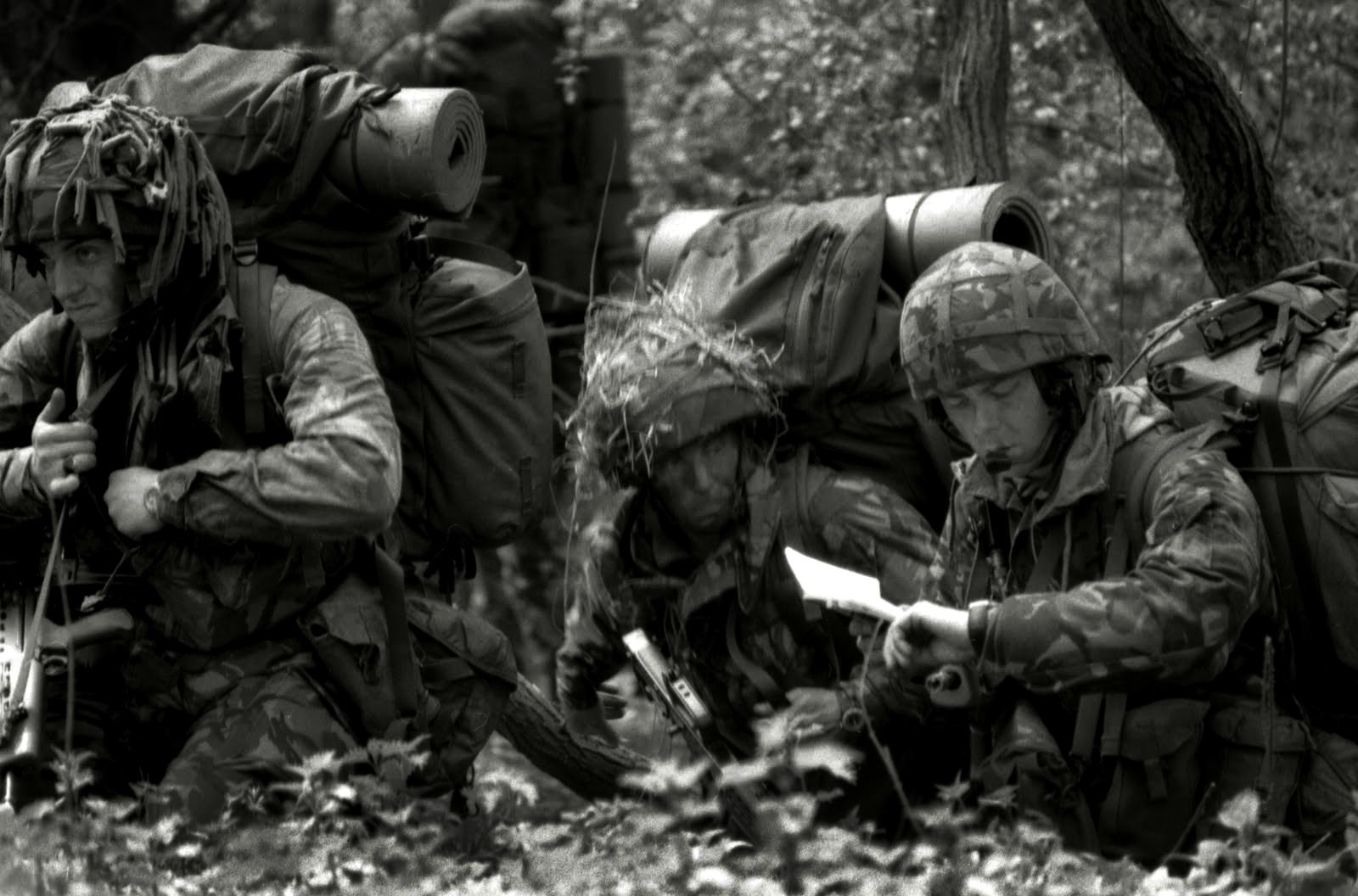From the Archive: The Colwyn Bay Print
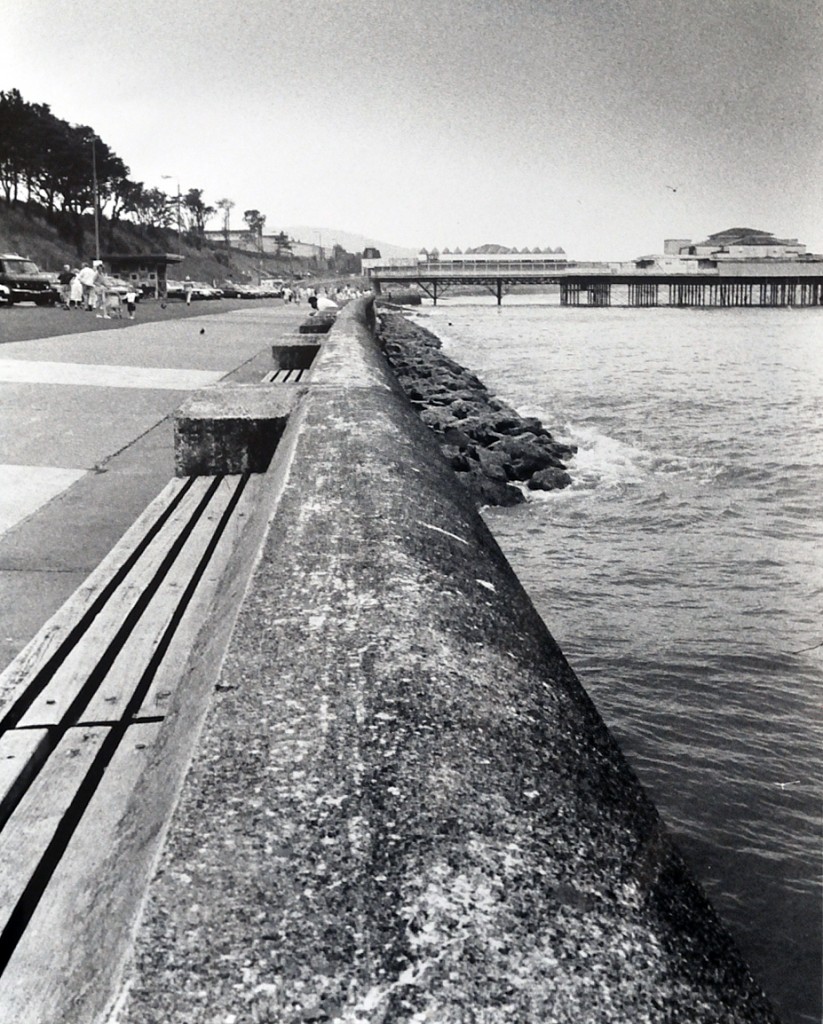
Background
North Wales has an important place in my photography history. It was where I purchased my first camera and also where I started taking my first pictures. A few years later, North Wales would also play a role in my quest to get a black and white print I was happy with. The image and subsequent print of the seafront at Colwyn Bay became an important technical milestone moment. I was finally starting to see my improving technical skills as a photographer and darkroom printer.
The image dates back to the summer of 1991. It was a fun and exciting time with plenty of photography experimentation. At the time I was a keen amateur photographer about to head away to art college. Nearly thirty years later it could be argued that, like most photographers, I’m still
trying to perfect my photography skills
The image above, a photograph of a print I made in 1992, was the first strong indication that I was heading in the right direction. It was taken along the seafront at Colwyn Bay in North Wales in July 1991, but not printed until the following year. An interesting side note is that the pier seen in the background was demolished in 2018 after years of disuse. Originally built in 1900, the pier had been rebuilt twice due to fire. By the 1980s, however, the condition of the structure had started to seriously deteriorate. A new pier is due to open on the same site in 2020.
Camera and Film
The image was shot using my trusty old Pentax Program A with a 35-70mm Miranda zoom set at the 35mm wide-angle setting. The film used was TMAX 400 rated at ISO800 and developed in either Kodak’s D-76 or Patterson’s FX-26 Universal developer. I suspect it was probably D-76 by that time but cannot be totally sure as my darkroom notes from that period have been lost. At the time I was experimenting with a
The Print
The technical aspects of the print itself have sadly been lost to the mists of time. It was definitely printed in the darkroom of the art college in 1992 but after that, the details get a little fuzzy. The photographic paper was either Ilford Multigrade resin coated paper OR Jessops’ own brand multigrade paper. I used both types of photographic paper during my college years. The Ilford paper was better quality but the Jessops paper was cheaper and produced good quality prints too.
Since 1992, the print has hung on a wall somewhere in the house as a fond reminder of those exciting early photo making years.

